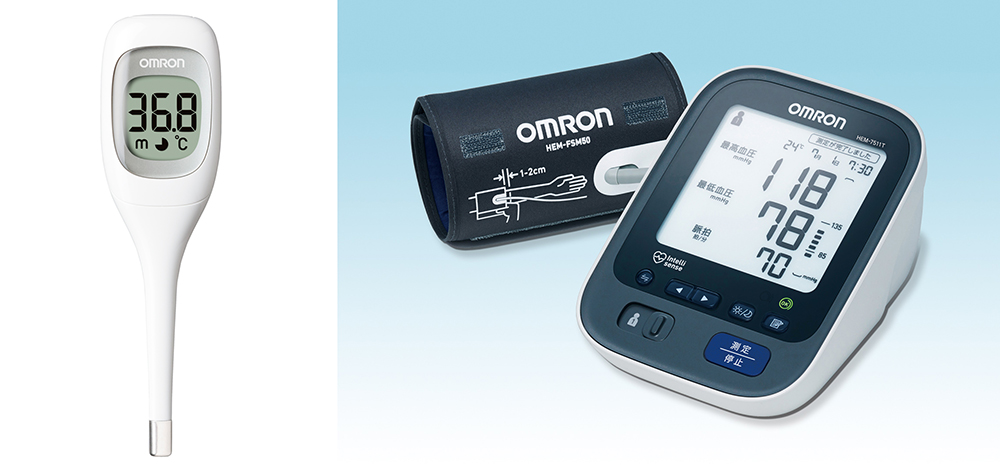In conformance with applicable laws and regulations in Japan and abroad as well as trends in each jurisdiction, the OMRON Group has specified certain chemical substances as subject to in-house control, as it strives to conduct appropriate management of these substances.
There was no incident of leakage of chemical substances.
For power capacitors and fluorescent lamp ballasts both with high concentrations of PCBs, detoxification treatment was completed by FY2016 by the Japan Environmental Storage & Safety Corporation (JESCO). With regard to devices with low PCBs concentrations, detoxification treatment was completed by FY2016 by licensed operators.
As for PRTR substances, the amounts used and transferred are managed at all production sites worldwide.
Volatile organic compounds (VOC) are chemicals that can cause suspended particulate matters such as PM2.5. The OMRON Group has been monitoring the VOC emissions in Japan starting fiscal 2003 results, and global emissions starting fiscal 2018 results. The emissions have been third-party assured starting 2019 results.
Since fiscal 2020, OMRON has also worked to reduce VOC emissions by installing VOC treatment equipment and improving cleaning processes for parts.
Appropriate management and reduction of hazardous substances is one of the social challenges that the company needs to address.
Mercury is a hazardous substance that can produce abnormal effects on the nerves, kidneys, brain and more if its vapor is inhaled or fish that took in mercury is consumed.
The OMRON Group will help reduce levels of mercury by promoting the spread of digital thermometers and digital blood pressure monitors across the world.

Stop use of CFCs*1 in FY2018.
Stop use of HCFCs*2 and mercury (fluorescent lamp use) in FY2020.
Appropriate management and reduction of hazardous substances is one of the social challenges that the company needs to address.
In fiscal 2017, the OMRON Group set environment-related social issues to address, together with the company's identified sustainability issues and long-term goals. After realizing the zero use of CFCs at all production sites worldwide in fiscal 2018, the Group worked on the zero use of HCFCs and mercury (fluorescent lamp use) in fiscal 2020.
As a result, equipment using CFCs was phased out in 2018, while equipment using HCFCs and mercury (fluorescent lamps) was phased out in 2019, one year earlier.
We will maintain this status going forward.
We also conduct simple and periodic inspections of commercial refrigeration and air conditioning equipment (thermostatic chambers, air conditioners, etc.) to prevent leakage. Inspections are in accordance with the CFC Emission Control Law.